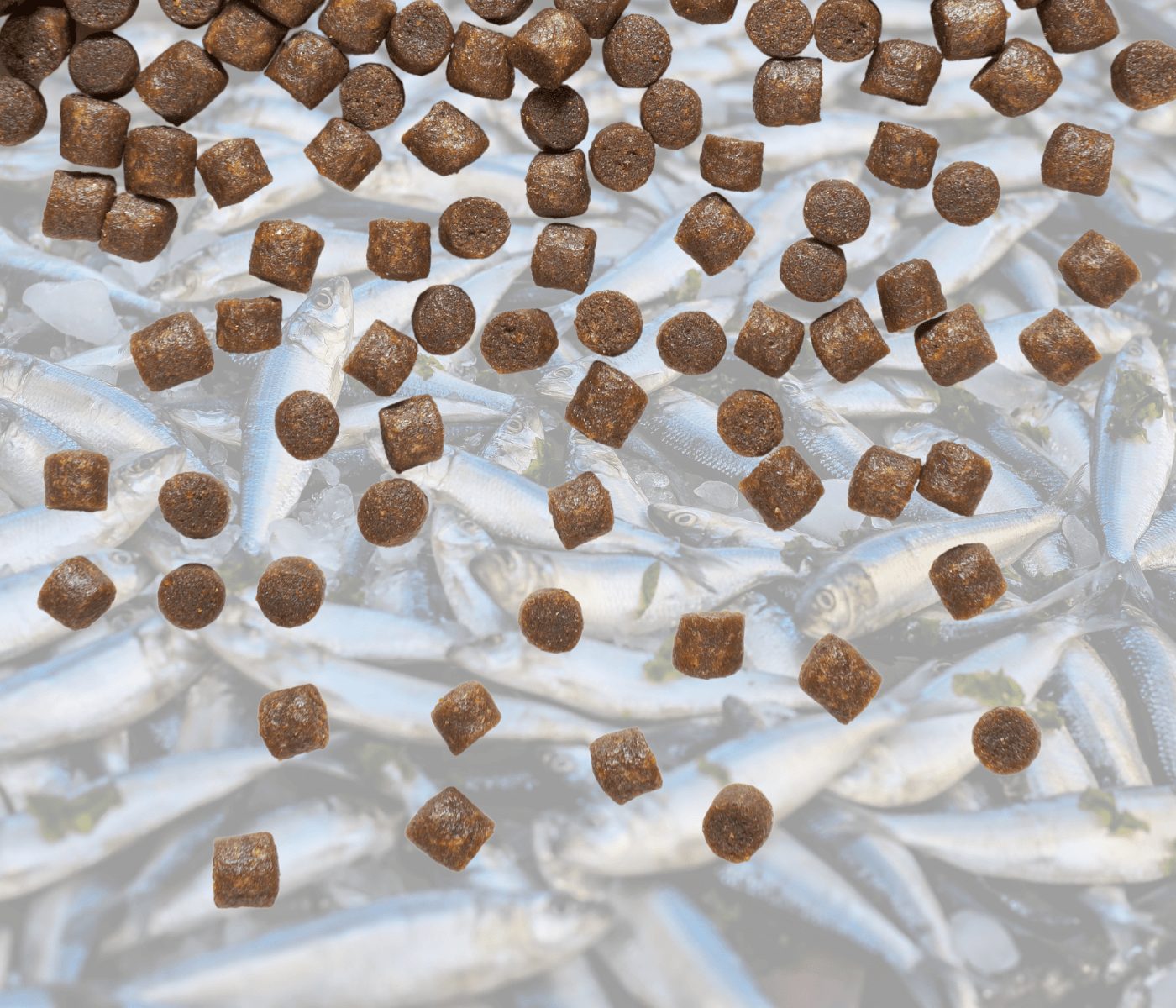“I discarded it there on the street called Beco do Abaiçuca. I didn’t know where else to take it, but it was not a good thing to do. The smell from the waste could even be felt here on the city square,” said the fisherman.
 27 Apr 2023
27 Apr 2023
Fish and shellfish waste that used to be discarded, has been transformed into oil and flour for it to be used as animal feed. This recycling process has been carried out in Piúma, Espírito Santo.
Due to the high pollution rates, and the presence of animal waste and debris from the fishing industry along the riverline, residents expressed their concerns to the city’s authorities. Summoning politicians, fishermen and other important actors to find a solution to this ongoing problem.
For at least 50 years, the river was used as a place for waste disposal, as João Carlos Dias a local fisherman admits. According to his testimony, fishermen did not know where else could they discard all the waste nor what other use could they give it.
“I discarded it there on the street called Beco do Abaiçuca. I didn’t know where else to take it, but it was not a good thing to do. The smell from the waste could even be felt here on the city square,” said the fisherman.
Through a partnership with the city, a company selected by public contest, began collecting fish waste from 26 fishmongers. The material is collected daily and taken to a slaughterhouse. Where three times a week a company owned Alfredo Chaves located on the Mountain Region collects it.
Since November,approximately 30 tons of fish viscera have been collected. These fish remains are transformed into flour and oil which are then used for the production of animal feed.
The partnership does not generate additional costs for the municipality, considering the fact that the factory keeps all of the organic material. For residents and clients of the fish shops, such as psychologist Regina Castro, the change is evident:
“The situation has gotten a lot better. Even greater sanitation within the establishments can be perceived. I think that the awareness level has significantly grown. I hope this trend continues to spread.” the resident said.
Piúma’s secretary of Agriculture and Fisheries, Rosemárcio Calenzane, announced that a project to revitalize the pier which was once marked by pollution is now underway.
You may also like to read: “Former food products (FFPs): Use of bakery products in post weaning piglets”
Source: G1 – Espírito Santo
Subscribe now to the technical magazine of animal nutrition
AUTHORS

Nutritional Interventions to Improve Fertility in Male Broiler Breeders
Edgar Oviedo
The Use of Organic Acids in Poultry: A Natural Path to Health and Productivity
M. Naeem
Synergistic Benefits of Prebiotics and Probiotics in Poultry, Swine, and Cattle
Gustavo Adolfo Quintana-Ospina
Hybrid Rye Potential in Laying Hen Feed Rations
Gwendolyn Jones
A day in the life of phosphorus in pigs: Part I
Rafael Duran Giménez-Rico
Use of enzymes in diets for ruminants
Braulio de la Calle Campos
Minerals and Hoof Health in the Pregnant Sow
Juan Gabriel Espino
Impact of Oxidized Fats on Swine Reproduction and Offspring
Maria Alejandra Perez Alvarado